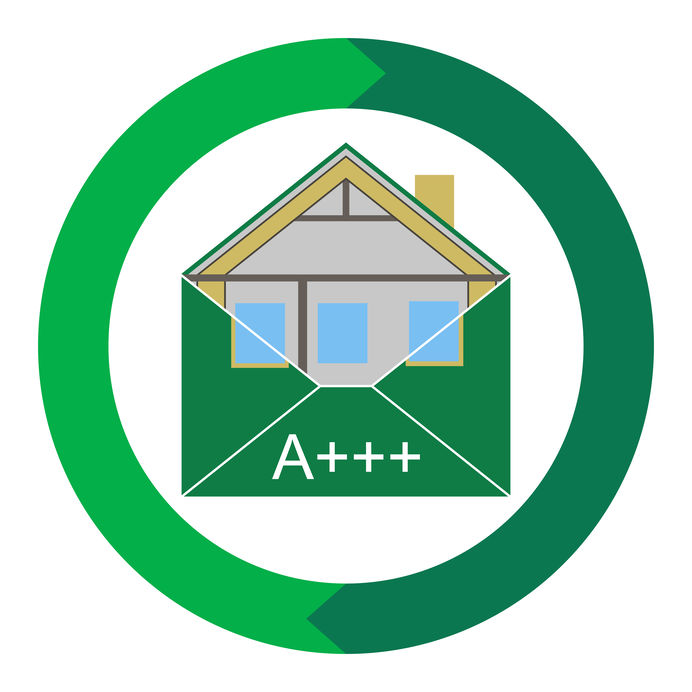Resistance to the high winds, rain, snow or hail associated with the strong storms that have become increasingly frequent in recent years is essential when it comes to choosing the shingles for your new roofs. While other factors, such as aesthetic aspects and energy efficiency are very important as well, the capacity to withstand extreme weather, especially storms, is of even greater importance, so here are some features to look for and things to know about when you look for a shingle roof that can stand up to storms.

The Impact-Resistance Rating System
When you buy roofing shingles, the purchased product comes with a documentation that includes information related to the features and ratings of the product, including the impact-resistance rating. The lowest rating is Class 1, which means that the product has been subjected to and passed impact-resistance testing that involved the dropping of a 1-1/4” steel ball from a height of 12 feet. The Class 2 rating informs you that the product in front of you has been tested with a 1-1/2” steel ball, dropped from 15 feet, Class 3 shingles are tested with a 1-3/4” ball dropped from 17 feet and the highest-rated, Class 4 shingles have past the impact-resistance test done with a steel ball that is at least 2” large from 20 feet. The shingles pass Class 1 to 3 testing if they don’t show any punctures, tears, cracks or splits in their mats after the drops are repeated twice, while the shingles tested for Class 4 are inspected not only with the naked eye, but also under a magnification lens and they must not show any sign of damage on any side.
Some very special products are tested with a special method, the UL2218-B ice-hail impact test that involves steel balls propelled onto the shingles at various speeds to resemble the conditions that the shingles must endure during strong storm.
What to Expect
You must be aware that roofing shingles can be made impact-resistant, but not completely impact proof – no matter how resistant and durable your shingles are and no matter how well they have performed in the testing phase, they can get damaged if the hail is large enough or if the winds associated with the storm are high enough. Most shingles are able to resist to much more than they are rated for – even Class 1 shingles can endure hail that is larger than the size of the ball they have been tested with, but no shingle can endure any abuse.
The other factor that will have an impact on the resistance that your shingles can put up in front of hail and storm is wear and tear. Shingles are usually warranted for 25-40 years, but extreme weather weakens the materials that the shingles are made from, which means that the same shingles installed in a quiet region and in a storm-prone area will not have the same longevity.
How to Handle Your New Shingles
According to roofers Pensacola FL specialists, try to buy the highest-rated shingles that you can afford and make sure to clean, inspect and repair your roof regularly. Check the roof after each strong storm and replace damaged components if you think it is necessary – preventive maintenance, combined with timely repairs is the best way to preserve your roof in great condition from the day it is installed until the day you tear it off and replace it.


